Available as PDF: 2009 (PDF) | 2008 (PDF) | 2007 (PDF) | 2006 (PDF) | 2005 (PDF) | 2004 (PDF) | 2003 (PDF) | 2002 (PDF) | 2001 (PDF) | 2000 (PDF) | 1999 (PDF) | 1998 (PDF) | 1997 (PDF) | 1996 (PDF) | 1995 (PDF) | 1994 (PDF)

Assessing the hazard of volcanic eruptions requires knowledge on where exactly eruptive fissure will be located. Scientists from the Institut des Sciences de la Terre, France, and the GFZ have developed a method to forecast how fast a volcanic dike…

24.04.2017: On this year’s annual meeting of the European Geosciences Union EGU, 24 to 29 April in Vienna, Bruno Merz, Head of the GFZ section Hydrology, is awarded with the Plinius Medal. Further GFZ awardees are XingXing Li, Dirk Scherler, Stefanie…

By the help of GPS signals cars, airplanes and farm tractors find their way. By now the technique has reached our everyday life. But it is also useful for detecting soil moisture or vegetation from space and for measuring volcanic ash plume density…

Microscopic inclusions have tremendous internal pressure – and witnessed an eventful past | Recently, a team from the Hebrew University Jerusalem and from the GFZ studied nanometer-sized inclusions in diamonds. Like a logbook, they record the travel…
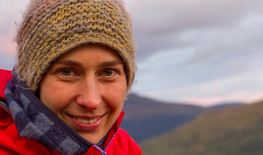
On the 77th annual meeting of the Deutsche Geophysikalische Gesellschaft DGG, from 27 to 30 March in Potsdam, Sofia-Katerina Kufner, GFZ section Lithosphere Dynamics, was awarded with the Prize for the best presentation.

When a phase of relative seismic quiescence of decades to centuries is followed by a short phase of strong seismic activity of several days or years, scientists refer to it as a megathrust earthquake cycle. A team of five GFZ scientists, a Chilean…
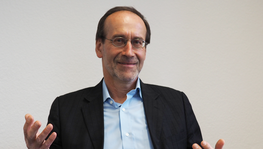
Geodesy is the science of surveying the Earth’s surface. But is there anything left to measure since the times of Magellan and Humboldt? We are talking about this question and about modern geodesy with Harald Schuh, Director of GFZ department Geodesy…
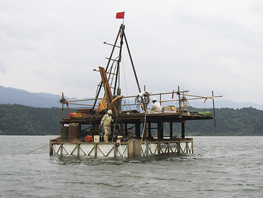
The climate of the Earth follows a complex interplay of cause-and-effect chains. A change in precipitation at one location may be caused by changes on the other side of the planet. A better understanding of these “teleconnections” – the linkages…
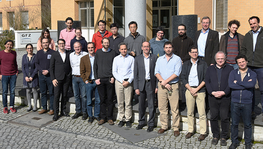
Observation of planet Earth is a collaborative thing. This is why the GFZ engages in several international partnerships, for example in the field of natural hazard research. To strengthen future collaboration within Southeast Asia, representatives of…
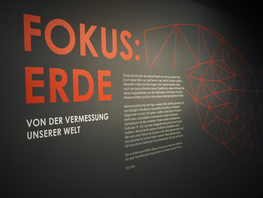
An exhibition of the Helmholtz Centre Potsdam – GFZ German Research Centre for Geosciences opens today in the House of Brandenburg-Prussian History, Potsdam. Duration: 24 March to 9 July 2017